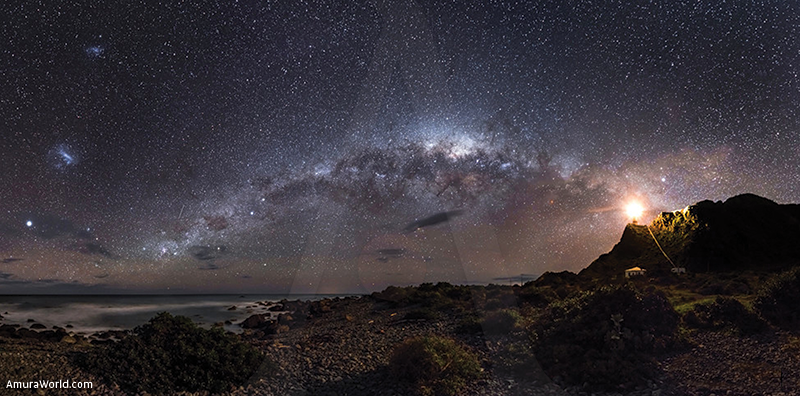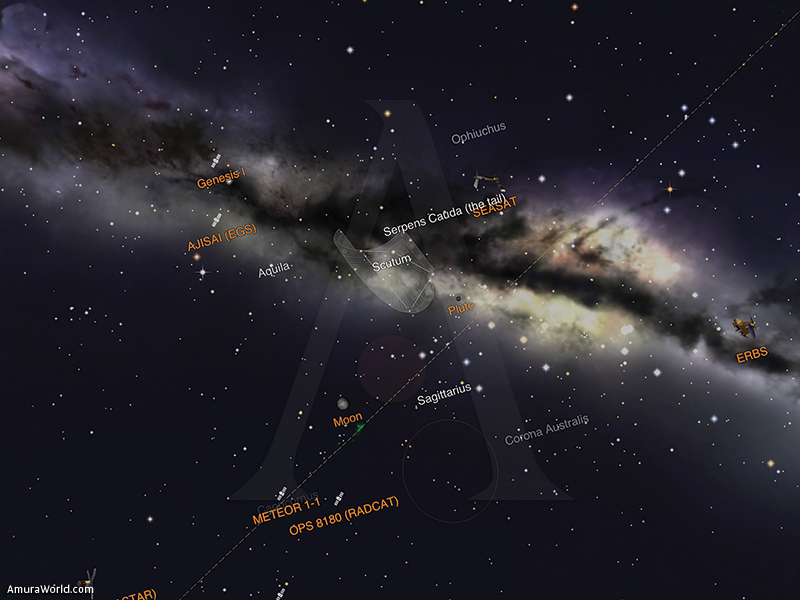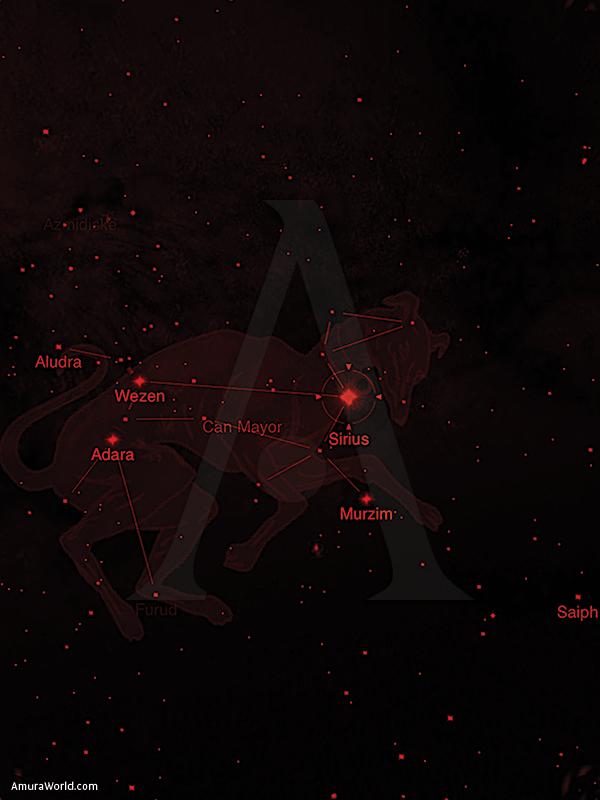While the stars above us may seem to be single points of unmoving light against the canopy of the night sky, they are not fixed. The heavens themselves seem to turn and wheel as the Earth spins its way around the Sun.
And yet, despite their movement and the cycle of the seasons, explorers and sailors have used the night sky to navigate the wilderness and oceans of our planet for thousands of years. Polynesian sailors -as early as three thousand years ago- navigated the ocean using star maps made of reeds, coupled with an oral history of the movement of the heavens as well as an intimate understanding of wind, waves and tides. One of the most important stars for these Polynesian navigators was the star we know Sirius, the brightest star in the sky visible to the naked eye. With two other bright stars in the sky, it formed the body of Manu the great bird that served as a waypoint in the sky above. Using Manu and their observation of the ocean, these Polynesian navigators cross the vast expanses of the South Pacific, exploring and settling as they went.
But amazing skills of traditional celestial navigation are put into perspective by the sheer impossibility of starlight reaching our planet in the first place. It takes eight minutes for light from Sol, our Sun, to travel the 149,600,000 km (or 1 Astronomical Unit) to reach the surface of the Earth. But the Sun, as part of our Solar system, is virtually our neighbour in the cosmos. As you gaze up into the night sky, that pinprick of light from each star has travelled through the endless void of space to reach our planet. That light has emanated from a burning ball of gas millions of light-years away, formed by the fusion of a thermonuclear furnace very like our own sun.
Despite its proximity, only .00000045% of the light emitted by the sun reaches the surface of the Earth. Radiating out from a point on a distant star smaller than the point of a pin, the light that you see from stars in our galaxy has taken anywhere from tens of thousands of years to travel the void of space. It has passed other star systems, planets, asteroid belts, comets and nebulae to reach our Solar system. That light has passed the gas giants of Uranus, Neptune and Jupiter in the cold outer reaches of the Solar system and swung past the moons of Saturn on the way to the heart of our Solar system.
The light from this distant star passed our sister planet of Mars in the blink of an eye and avoided our own rocky moon with ease. It has skipped through the ring of geostationary satellites that provide our global telecommunications and satellite television. And on final approach, that same ray of light evaded a swarm of debris -and at least two space stations- to pierce our atmosphere traversing the last 22,236 miles in 119 milliseconds to strike the spinning surface of our Earth.
When we open our eyes to the night sky, we capture that small fraction of that light from a single star. What is more remarkable, the night sky is filled with stars, nearly 6000 of them visible to the naked eye, and beyond the edges of human vision, are millions too dim to be seen with the naked eye.
And yet, despite the improbability of the distance, despite a tapestry that changes with the seasons, our relationship with the light from those stars and the heavens above us has shaped our relationship with our planet. As technology has evolved and our understanding of the planet has changed, the skills and tools necessary for celestial navigation have became more complex and much more accurate. Even as scientists, merchants and navies struggled to keep up with the growing demand for trade around the world, advances in celestial navigation vied with mechanical technology to solve the challenges of circumnavigation. John Harrison, a clockmaker from Yorkshire, eventually helped to establish the system of longitude that we have today, using revolutionary timepieces that can be seen today at the Royal Observatory in Greenwich, London.
That system of latitude and longitude is still part of our navigation of the Earth today. Satellite constellations, false stars that move quickly across our night sky, are using the same system of longitude that Harrison created, to determine our position on the surface of the planet. The first satellite navigation systems, designed in the Cold War by the United States and Russia, have become ubiquitous in our everyday lives. Our mobile phones today can pick up signals from the constellation of navigation satellites to determine our position on the Earth’s surface down to the meter. And here in the UK, we are building the most precise atomic clocks ever put into space for the European satellite navigation constellation, called Galileo.
And yet, the same principles that helped Polynesian navigators cross the southern Pacific have not been abandoned. Scientists and engineers here in Europe are using them explore other parts of our Solar system. The European Space Agency is designing a navigation system for its next robotic exploration mission to the surface of Mars. The ExoMars robotic rover, built here in the UK, will use fixed points in the Martian sky to help pinpoint its position on the surface of the planet and navigate the terrain around it.
And while we use that knowledge of how the stars and planets move to navigate the surface of alien worlds, we are learning more about origins and birth of the stars in our Galaxy as well.
This December, a spacecraft will launch from French Guyana, intent on mapping the billion stars closest to our Solar System –those in the Milky Way. Gaia, a spacecraft boasting a billion-pixel digital camera for its ‘eyes’, will help us understand our place in this galaxy by surveying the sky in the same way that sailors have done for millennia. Scientists at the University of Cambridge will be processing terabytes of data using some of the world’s most advanced computing technology, to build a 3D map of our galaxy from that data.
Who knows how that ‘star map’ might be used in the future? It may be that hundreds of years from now, the ‘sailors’ of tomorrow may use that data to navigate their way between the star systems of our Galaxy, driven by the very human need to explore.
If they do so, they will be following a thread of exploration begun thousands of years ago by men and women –not unlike themselves– that looked up at the heavens above and were witness to the small miracle of starlight.
Text: Matt Goodman, Director de Comunicación de la Agencia Espacial del Reino Unido y Sagaz Marinero ± Photo: European Space Agency / SCI EA / ESA_P. Carril / ALLIOS NEWS / snd / bp







